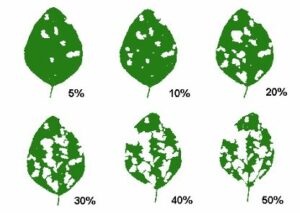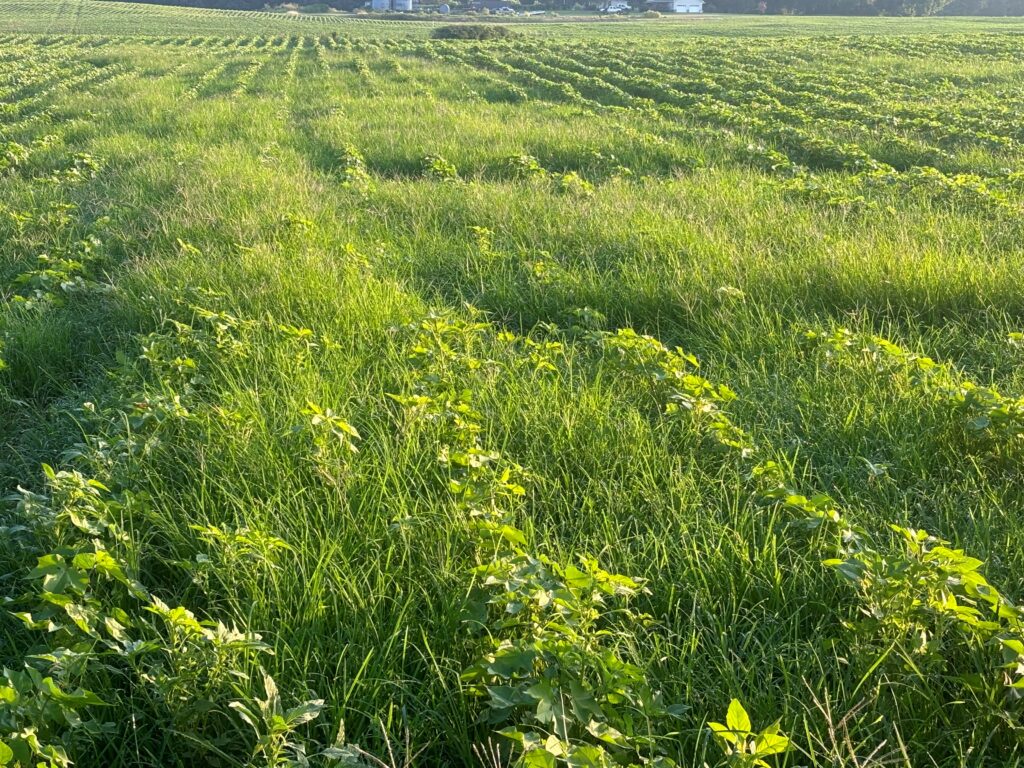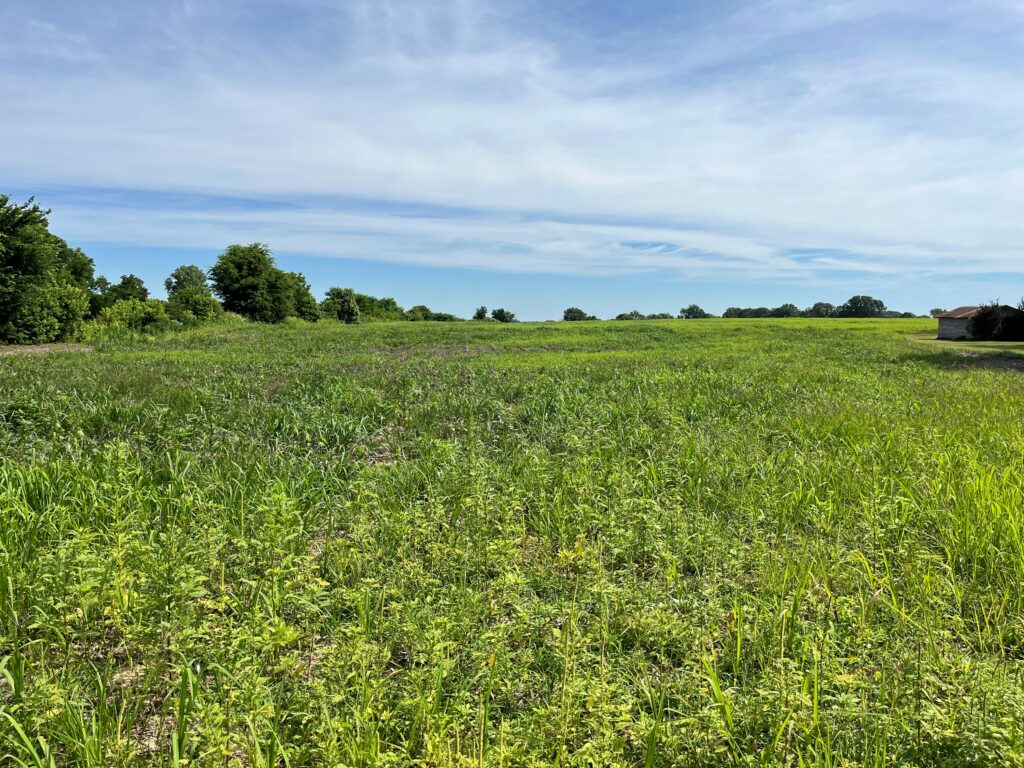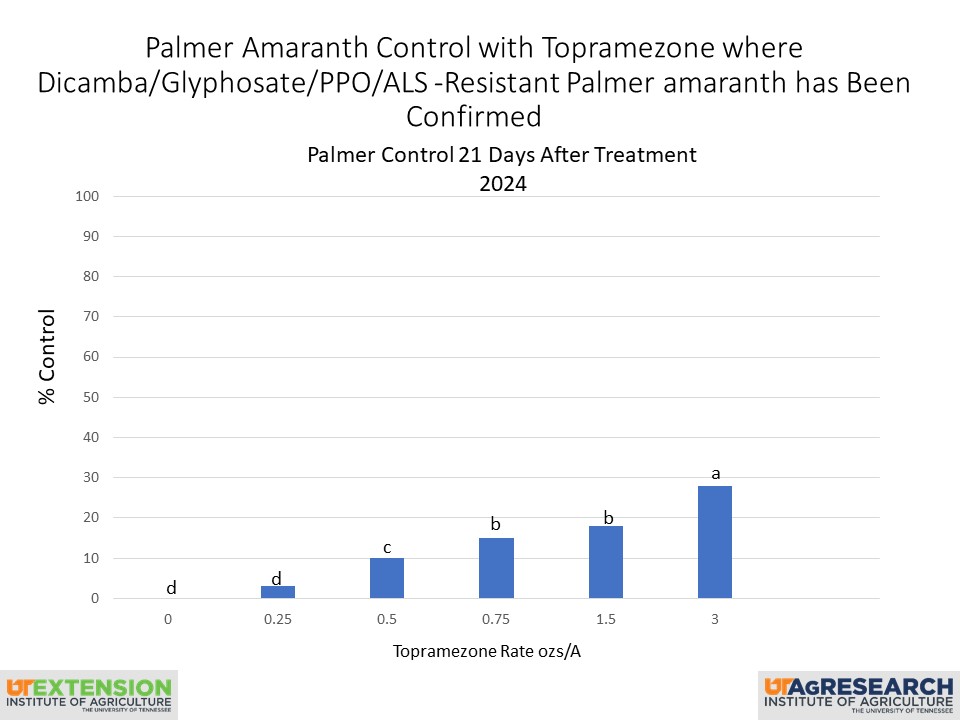| Location | CEW | TBW |
| Hardeman (Bolivar) | 2 | 0 |
| Fayette (Whiteville) | 2 | 0 |
| Fayette (Somerville) | 0 | 0 |
| Shelby (Millington) | 12 | 0 |
| Tipton (Covington) | 1 | 0 |
| Tipton (North) | 0 | 0 |
| Lauderdale (Golddust) | 4 | 0 |
| Haywood(West) | 0 | 0 |
| Haywood (Brownsville) | 0 | 0 |
| Madison (WTREC) | 19 | 0 |
| Madison (North) | 0 | 0 |
| Crockett (Alamo) | 0 | 0 |
| Crockett (Friendship) | 0 | 0 |
| Dyer (King Rd) | 0 | 0 |
| Dyer (Dyersburg) | 5 | 0 |
| Lake (Ridgely) | 10 | 0 |
| Gibson (Trenton) | 2 | 0 |
| Gibson (Milan Rec) | 0 | 0 |
| Carroll (Coleman Farm) | 1 | 0 |
Category Archives: Soybean
Budworm/Bollworm Catches 7/18
| Location | CEW | TBW |
| Hardeman (Bolivar) | 0 | 0 |
| Fayette (Whiteville) | 0 | 0 |
| Fayette (Somerville) | 1 | 0 |
| Shelby (Millington) | 1 | 0 |
| Tipton (Covington) | 1 | 0 |
| Tipton (North) | 0 | 0 |
| Lauderdale (Golddust) | 16 | 0 |
| Haywood(West) | 12 | 0 |
| Haywood (Brownsville) | 0 | 0 |
| Madison (WTREC) | 107 | 6 |
| Madison (North) | 2 | 0 |
| Crockett (Alamo) | 0 | 0 |
| Crockett (Friendship) | 1 | 0 |
| Dyer (King Rd) | 7 | 0 |
| Dyer (Dyersburg) | 5 | 0 |
| Lake (Ridgely) | 1 | 0 |
| Gibson (Trenton) | 4 | 0 |
| Gibson (Milan Rec) | 0 | 0 |
| Carroll (Coleman Farm) | 2 | 3 |
Fall Armyworms in Double Cropped Soybeans
I’ve received several reports, over the last two days, on fall armyworms (FAW) infesting double cropped soybeans. Almost every one of these calls were incidents of grass escapes and the lone exception was FAW migrating from a grass turn-row into v-stage beans. Somethings to keep in mind, vegetative soybeans can withstand 30% defoliation before yield loss and reproductive stage soybeans can withstand 20% defoliation before yield loss. Below is guide to help gauge defoliation levels.

If you do see armyworms it shouldn’t be automatically assumed that pyrethroids won’t be effective. We don’t fully understand why pyrethroids provided inconsistent control in 2021. Resistance is a possibility but overlapping generations causing mixing of various worm sizes resulting the appearance of poor control is another possibility. Also, since armyworms don’t overwinter in Tennessee and there is no evidence of reverse migration, the armyworms we experienced in 2021 won’t be the same ones we see in subsequent years. However, if pyrethroids do fail to control armyworms please contact your local county agent.
The FAW we are currently facing are the rice/grass strain, not the corn strain. They are impossible to distinguish visually but they are very host specific. Grass strain FAW almost always colonize grass, not soybeans, corn or cotton. Corn strain FAW almost always infest corn, soybeans or cotton not grass or rice. Another key difference is grass strain FAW are typically very susceptible to pyrethroids while corn strain are resistant. What happens when grass escapes occur in soybeans is the grass is controlled and FAW are forced off of a dying host on to soybeans. They don’t necessarily want to eat the soybeans but have no other options. If you have FAW in your fields and haven’t controlled grass yet, adding a pyrethroid would be a prudent step to save another potential trip. If you want other options outside of pyrethroids or are concerned they won’t work that list is here:
Acephate: 0.75 lb ai/ac,
Diamond: 6.0 fl oz/a,
Intrepid 4.0 fl oz/a,
Intrepid Edge 4.0 fl oz/a,
Vantacor 1.2 fl oz/a,
Elevest 5.6 fl oz/a,
Besiege 7.0 fl oz/a
Don’t automatically reach for the diamides (Vantacor, Elevest, Besiege) these products provide excellent FAW control but are costly. All of the above products will provide satisfactory control of FAW in soybeans.
Tennessee ‘Top Bean’ Soybean Yield Contest
The Tennessee Top Bean soybean yield contest sponsored by the TN Soybean Promotion board and coordinated by UT Extension is open for entries now until September 1st for the 2024 season.
Grass Weed Management Escapes

Serious infestations of goosegrass, junglerice and barnyardgrass have proven to be way too persistent in many cotton and soybean fields (Picture 1). Many are getting frustrated with the lack of control seen with tankmixes that contain glyphosate and/or clethodim or quizalofop. Some have asked if maybe some of these grasses have developed resistance to glyphosate, clethodim and quizalofop. Continue reading
2024 UT Soybean Scout Schools
UT’s Soybean Scout Schools will be held in July (see details below). These field-side programs cover the basics of soybean growth, scouting, pest identification, and general management. Pesticide recertification and CCA CEU points will be available. Scout Schools are offered free of charge with sponsorship from the Tennessee Soybean Promotion Board. Registration is not required. Participants will receive a scouting notebook and a sweep net while supplies last.
West TN – Madison County, July 15th, 9:00 AM – 11:30 AM. This school will be at the West TN Research and Education Center, 605 Airways Blvd. Jackson TN, 38301. Signs will be up at the station to direct you to the field.

Middle TN – Franklin County, July 16th, 9:00 AM – 12:00 PM. This school will be at 601 Cumberland St., Cowan TN 37318. Contact Matthew Deist for more information. 931-967-2741, mdeist@utk.edu. Register online at https://tiny.utk.edu/SoybeanScoutSchool
West TN– Obion County, July 17th, 9:00 AM – 11:30 AM. This school will be held at the Obion Farmers Coop, 810 Mt. Zion Rd Union City, TN 38261. Contact Garrett McDaniel for more information gartmcda@utk.edu, 731-223-1178.
Late Burndown in Soybean

The question of the week is on how to burndown fields that are grown up messes before planting soybeans (Picture 1). The problem is when fields are heavily infested with 3’ tall goosegrass, Palmer amaranth, horseweed and volunteer corn that is tasseling there are no good answers. Continue reading
POST Control of Palmer Amaranth in Corn and Soybean
Last fall there was a notable amount of Palmer amaranth in many corn fields in areas of the state where we had confirmed dicamba resistance. As a result, we have recently conducted some field screens on these pigweed populations to herbicides used in corn and soybean.



